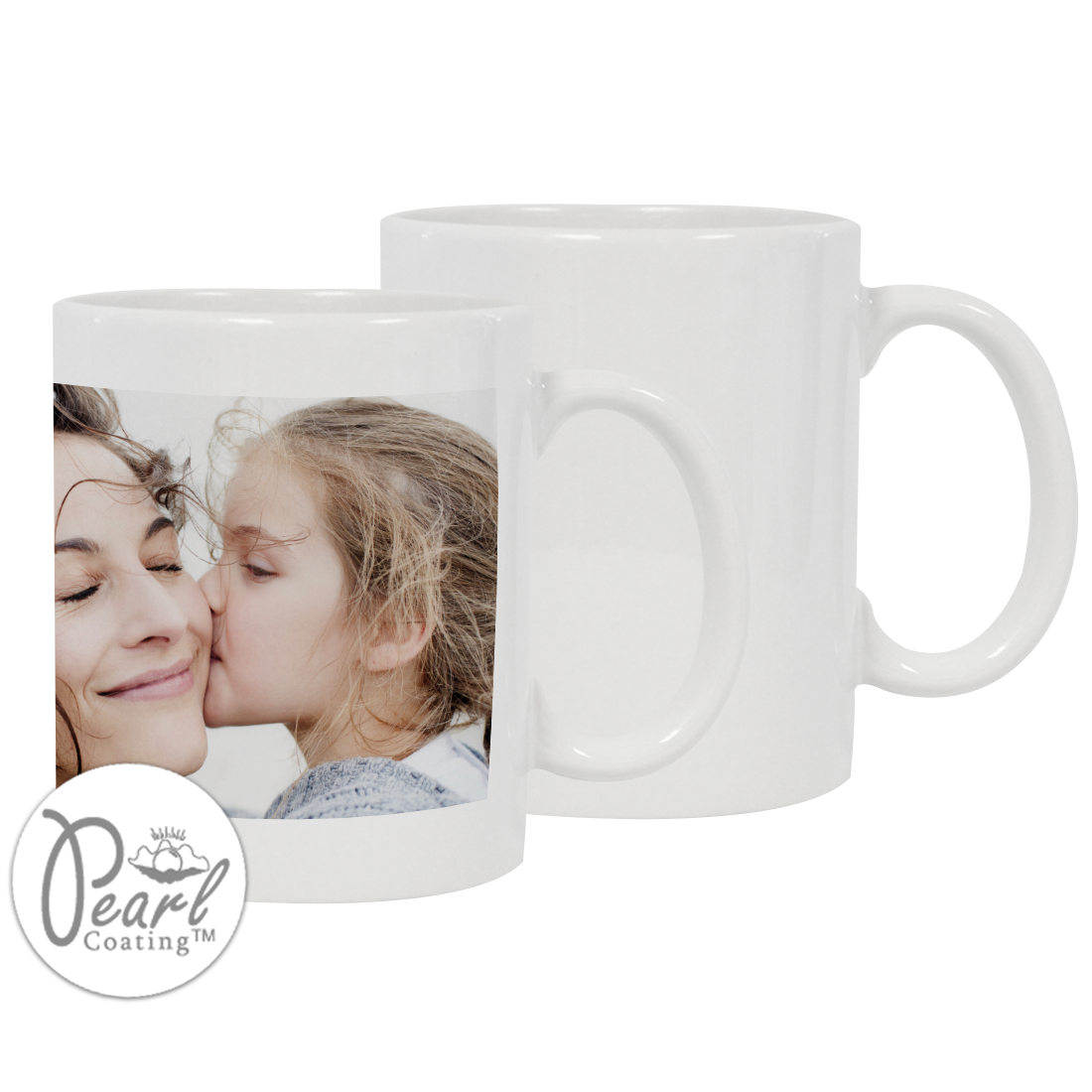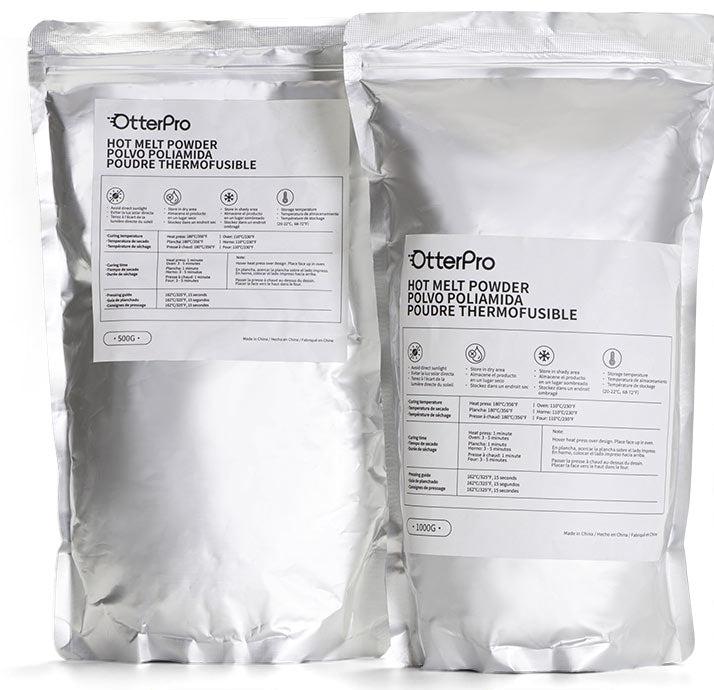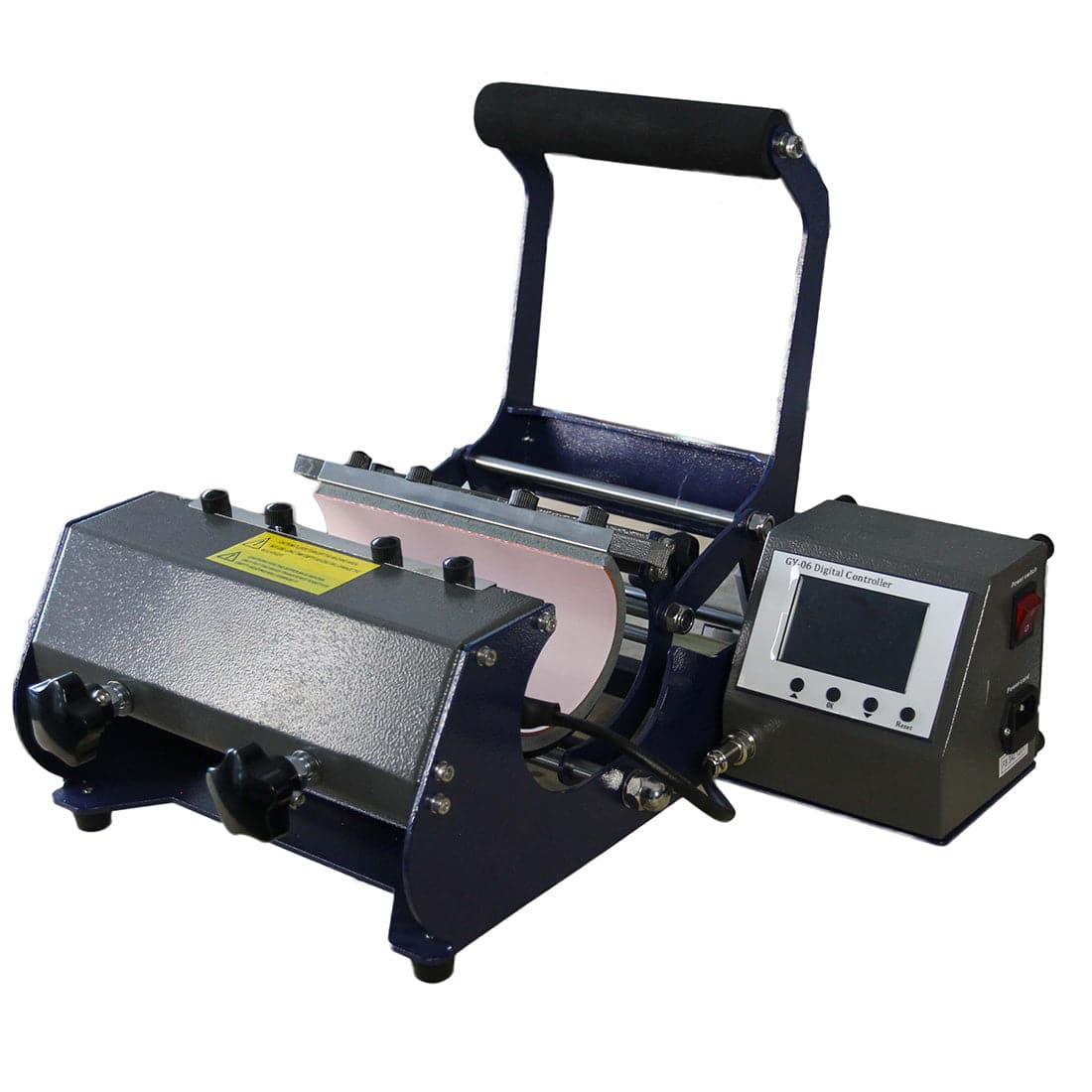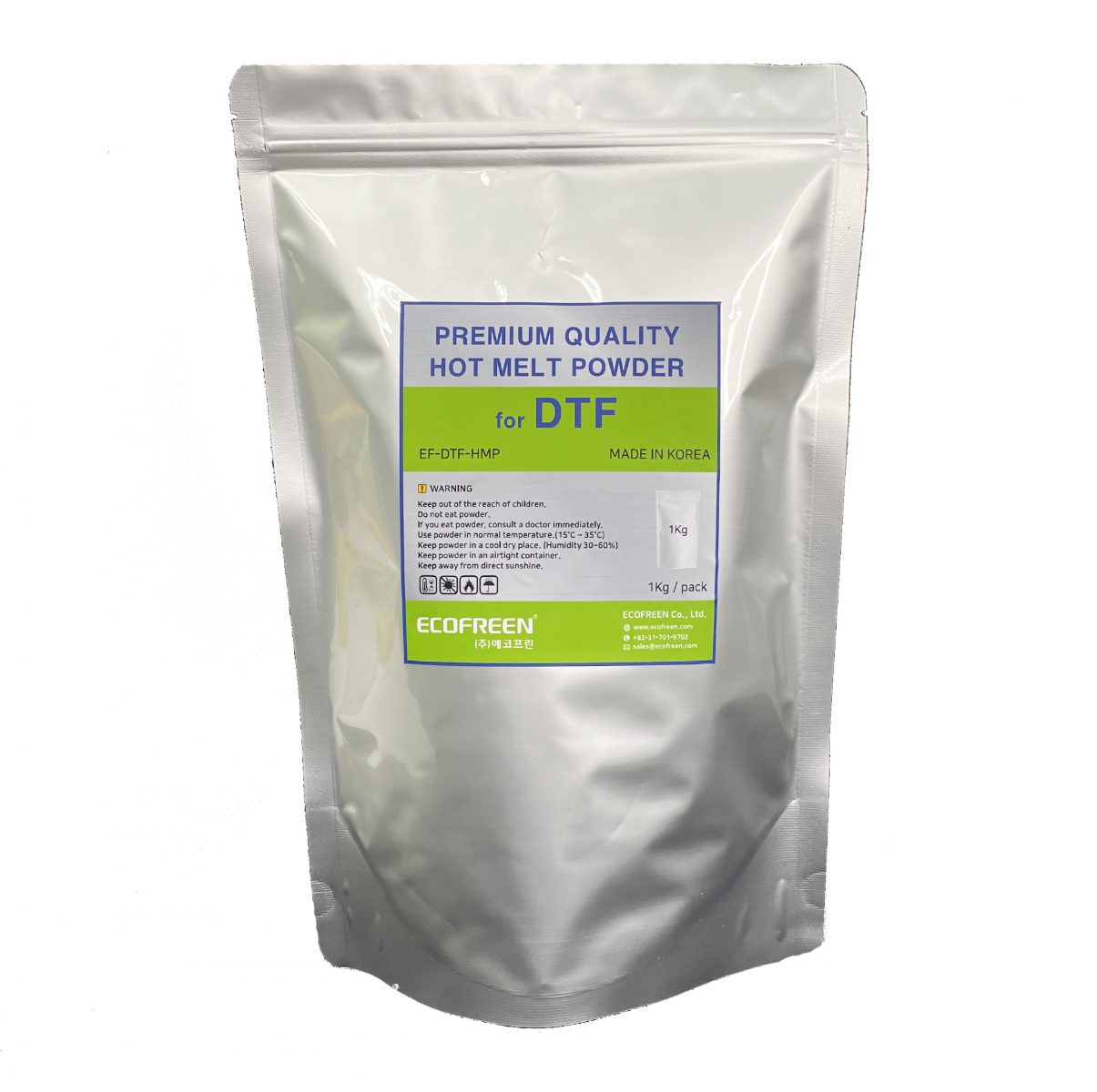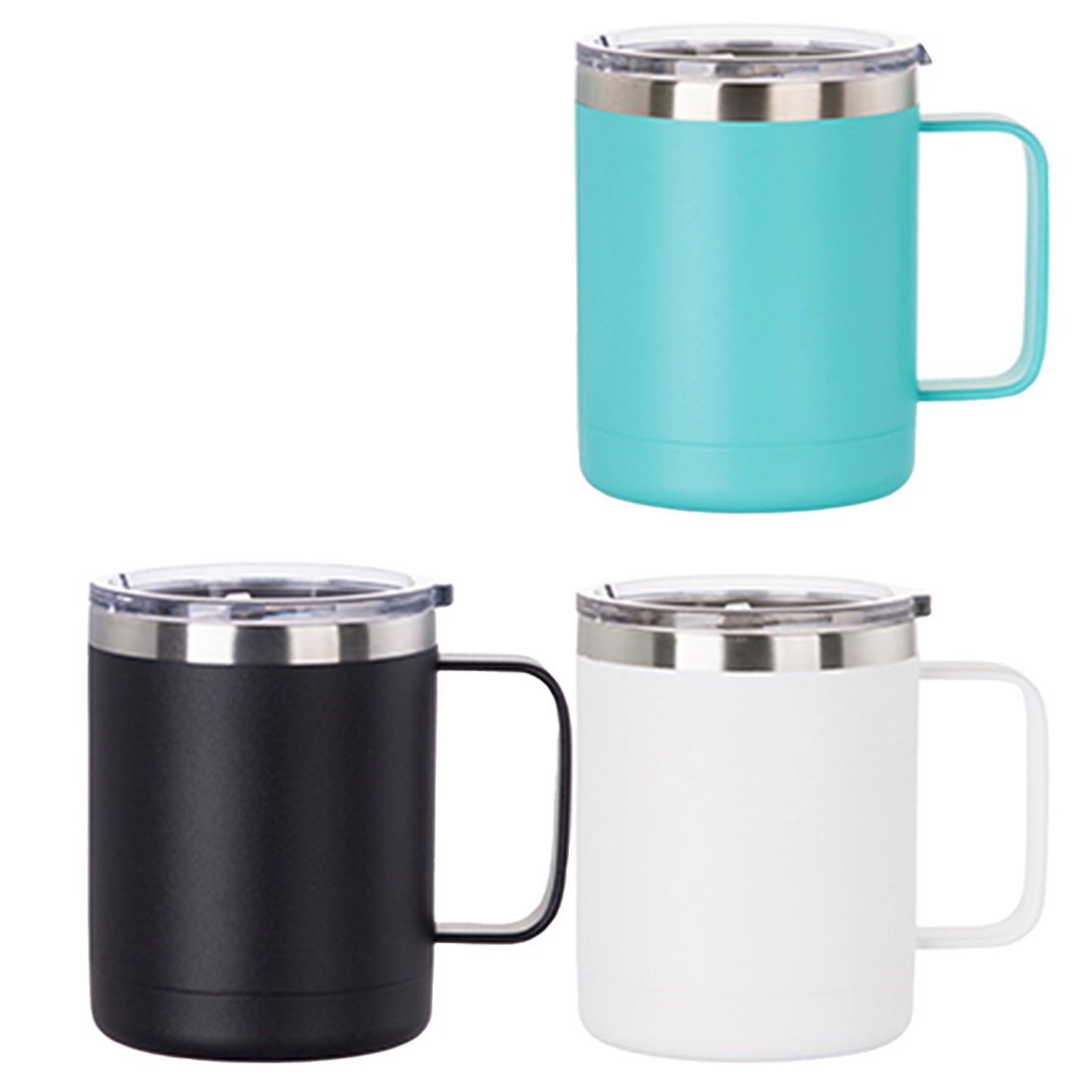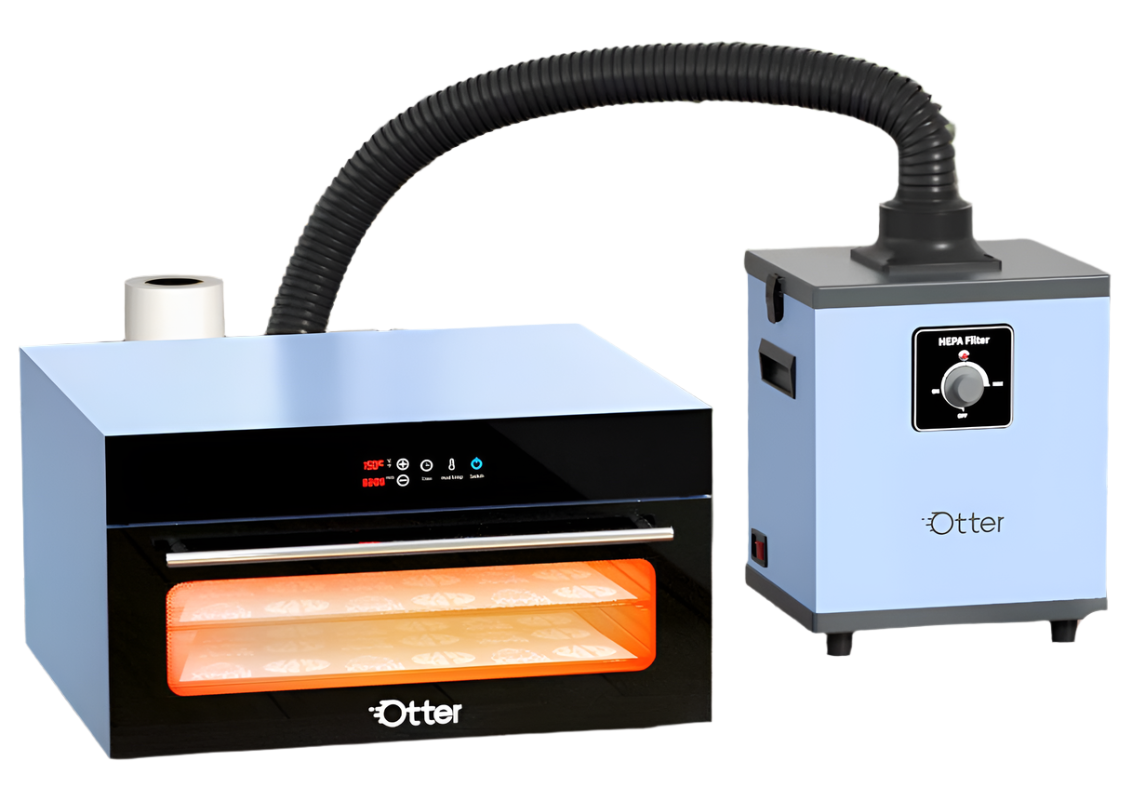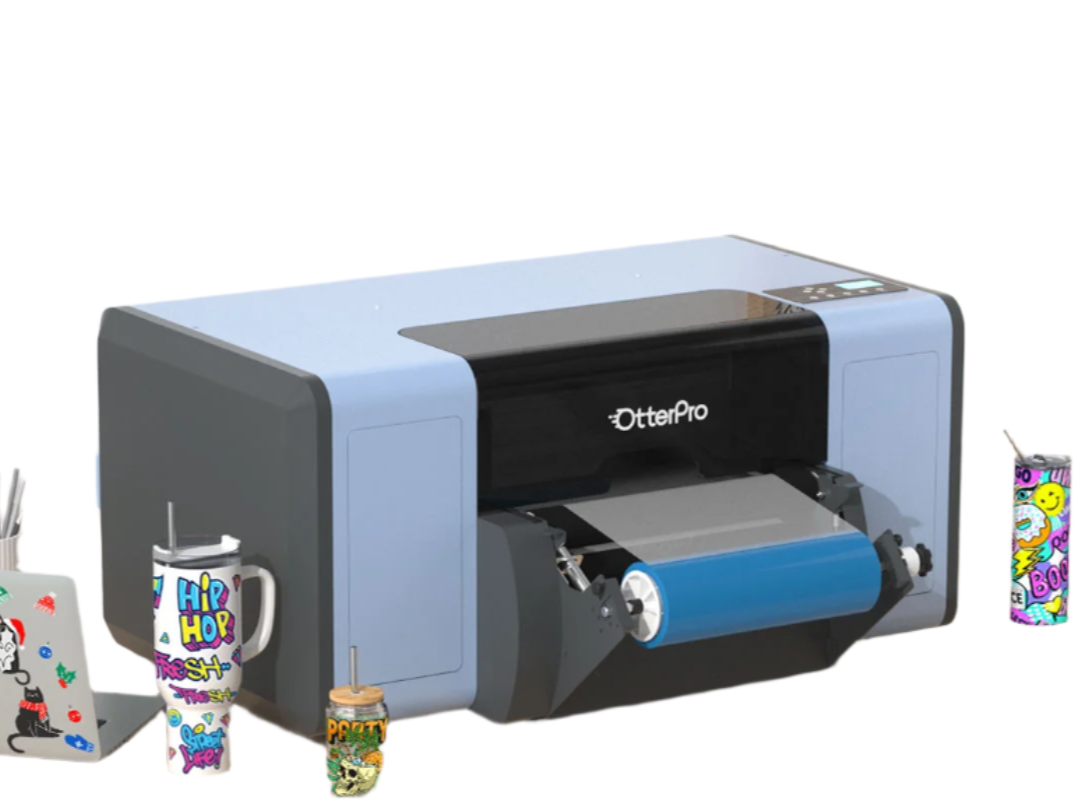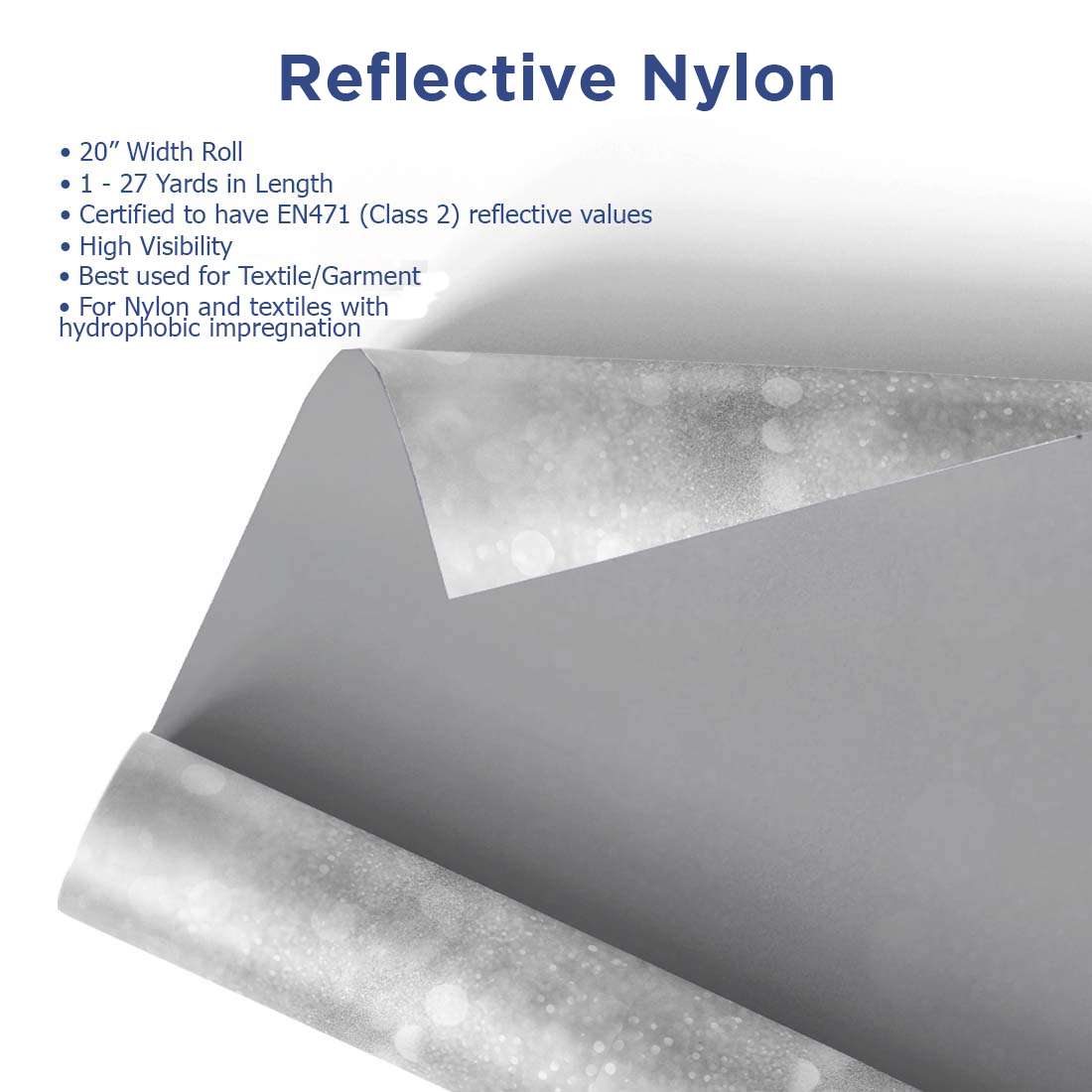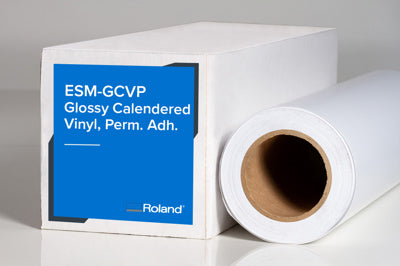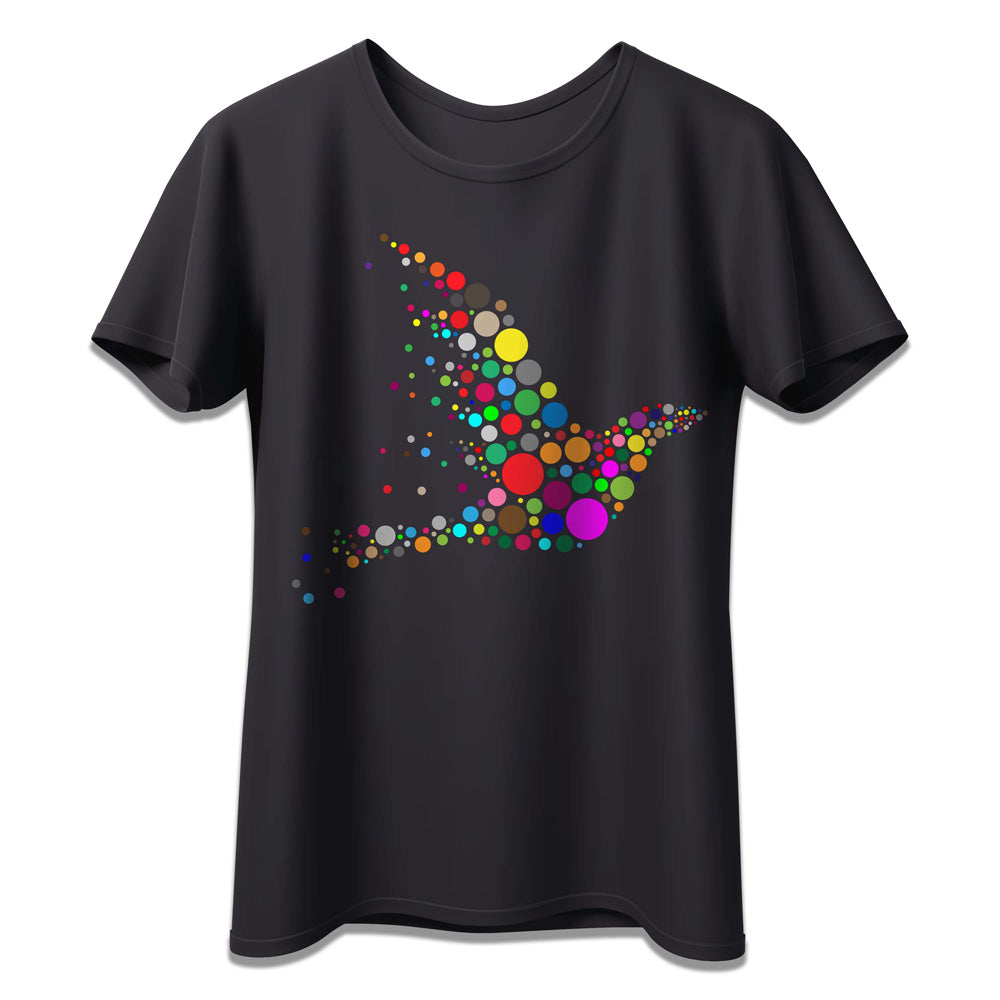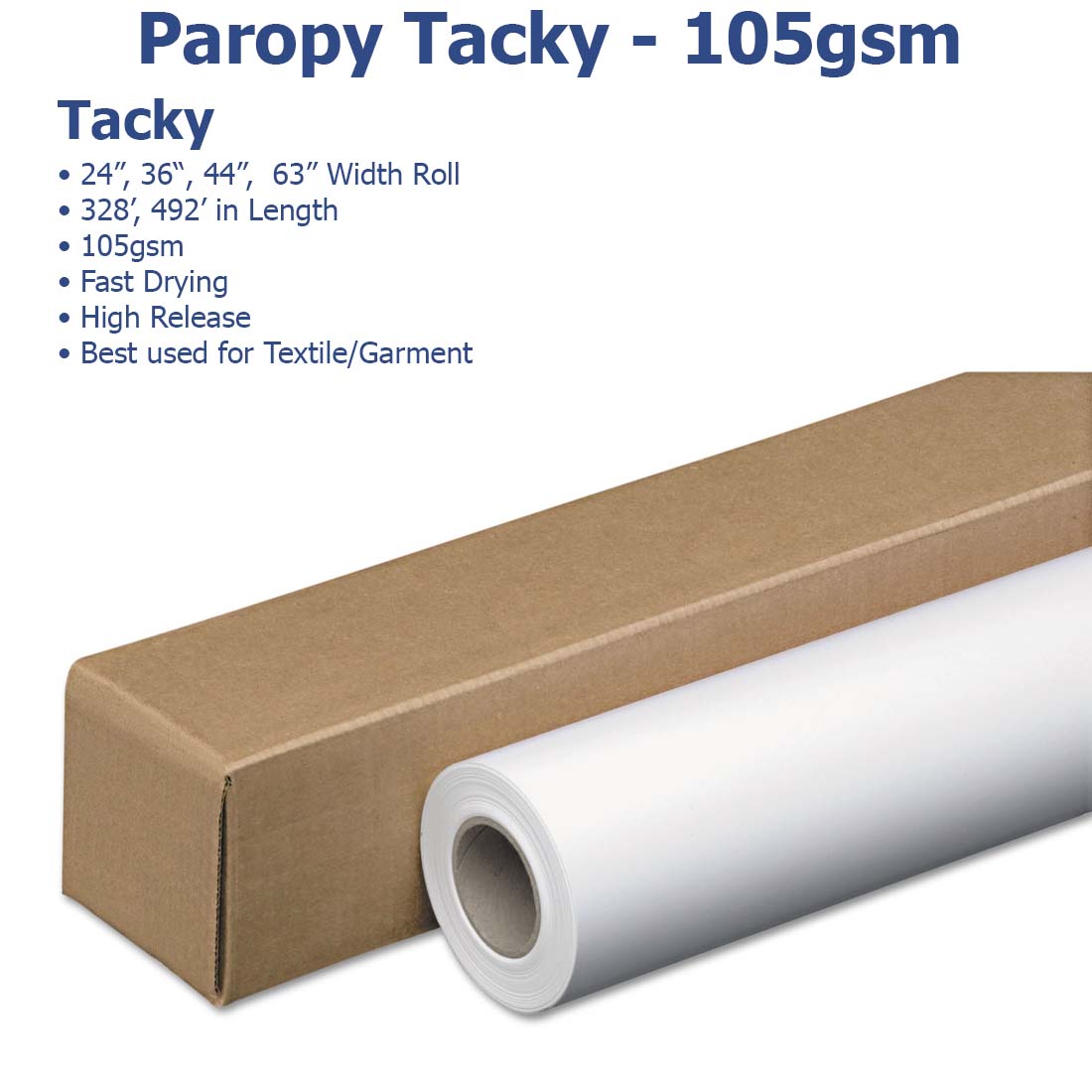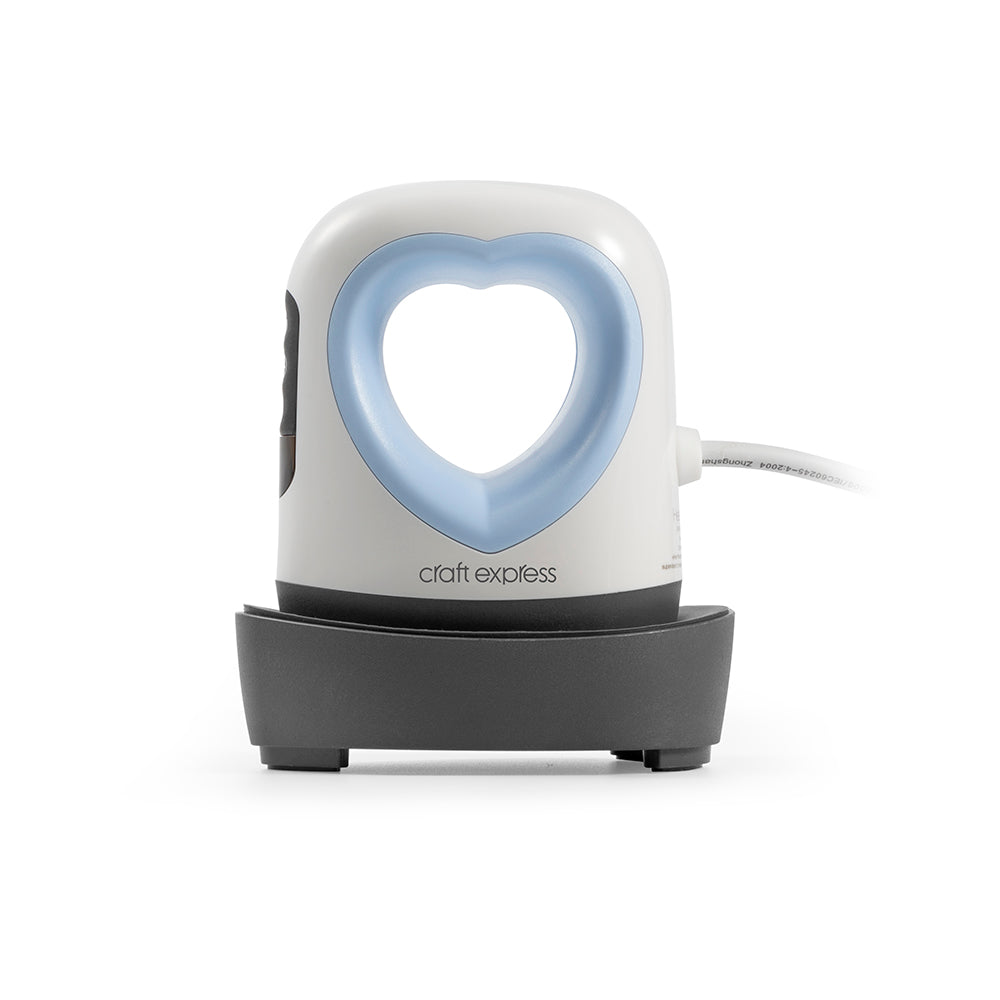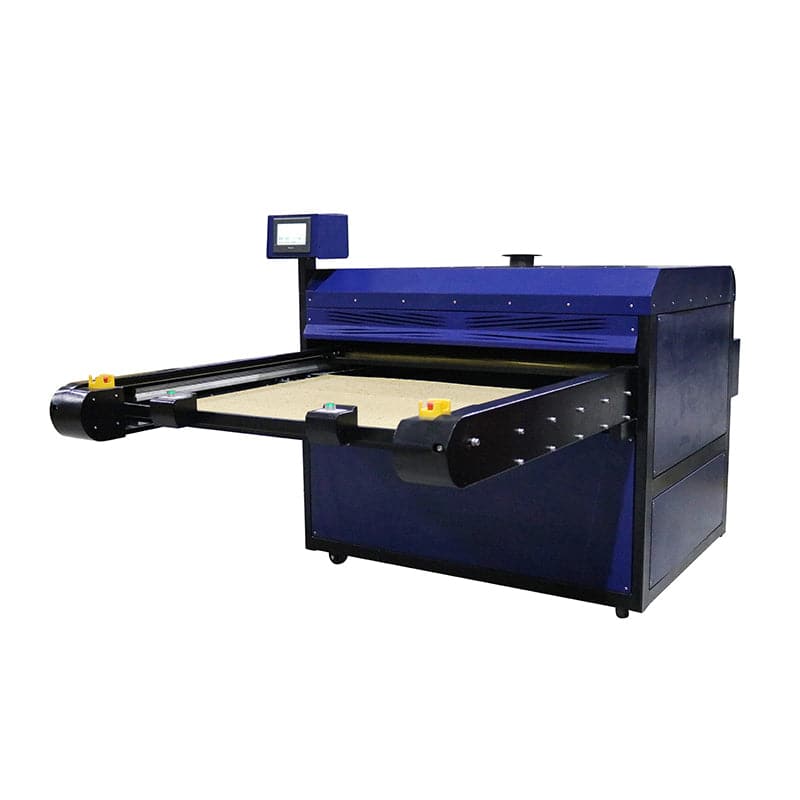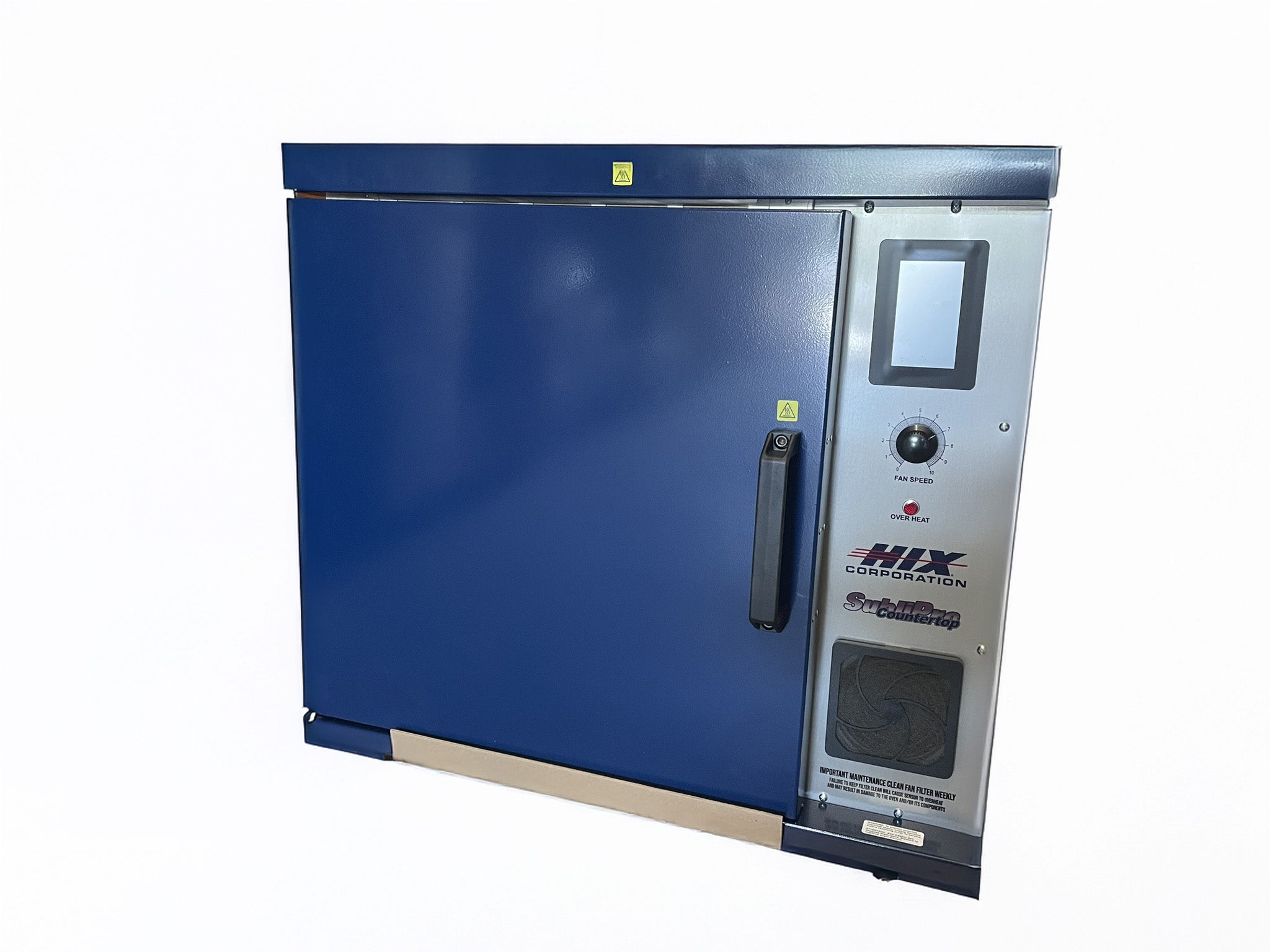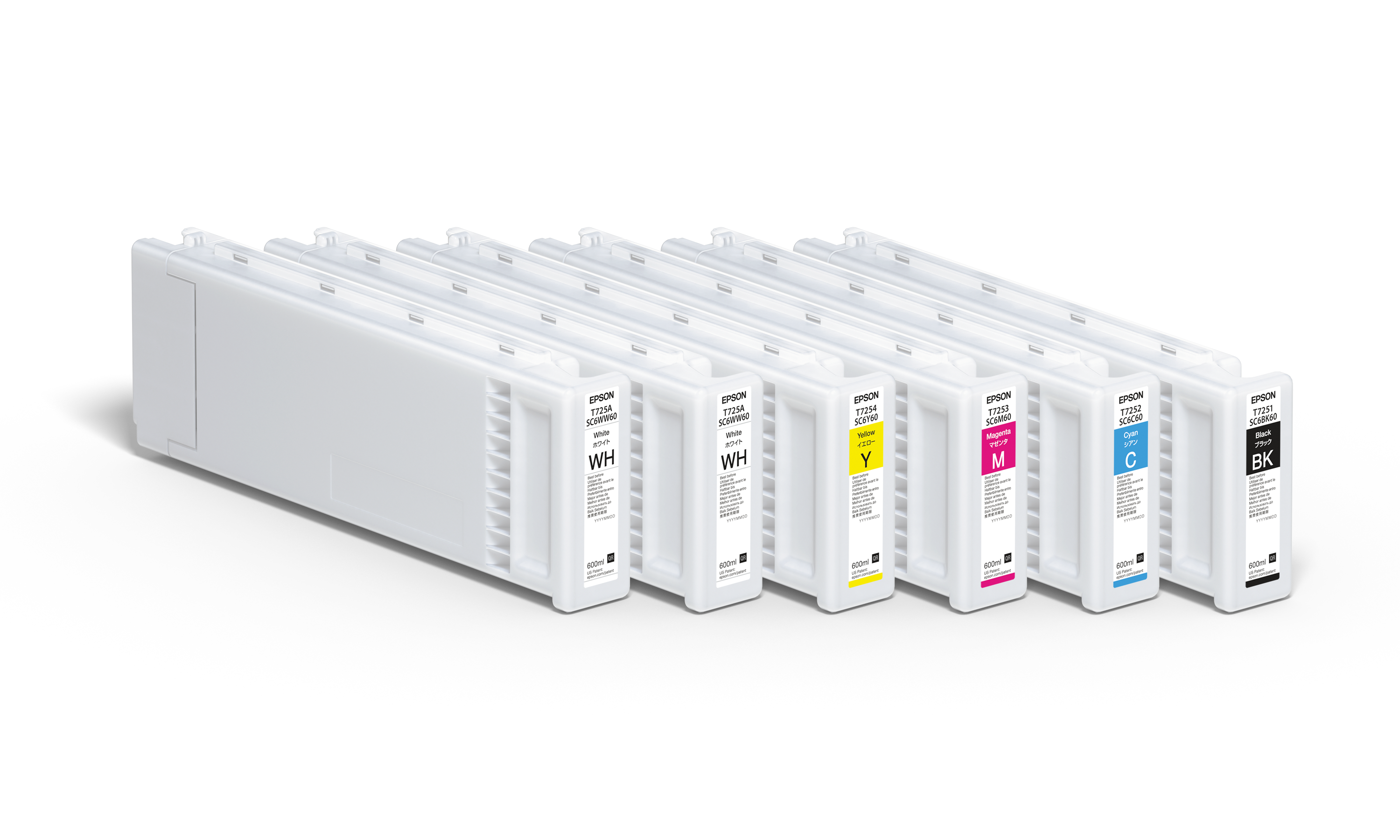
Discover the best DTF printers for small businesses in 2024 with our comprehensive guide. Learn about the top direct-to-film printers that offer exceptional print quality, speed, and affordability to meet your apparel printing needs.
Finding the right DTF (Direct-to-Film) printer can transform your small business by enabling high-quality custom apparel production. With so many options available, it’s important to choose a printer that suits your needs in terms of print quality, speed, and cost. This guide highlights the top DTF printers for 2024, focusing on models available through Joto Imaging Supplies. Whether you’re starting out or looking to upgrade, these printers are built to deliver vibrant, durable prints with ease.
Top 5 DTF Printers for Small Businesses in 2024
1. Otter DTF All-in-One System: Streamlined Efficiency for Seamless Production
Key Features of the Otter DTF All-in-One System:
The Otter DTF All-in-One System integrates printing, powdering, and curing into a single unit, making it the ultimate solution for businesses looking to streamline their production workflow. Whether you're managing large-scale orders or small-volume prints, the Otter system combines efficiency and quality in one compact design. With fully automated features, this DTF printer boosts productivity and delivers top-notch prints effortlessly.
Why the Otter DTF All-in-One System is Perfect for Small Businesses:
Perfect for both retail shops and home-based operations, the Otter system is ideal for small businesses that need a reliable, versatile printer. Its all-in-one capability simplifies your workflow, while the compact design saves space without sacrificing print quality. Plus, it’s compatible with a wide range of materials, making it a valuable asset for expanding your product offerings.
Pros and Cons of the Otter DTF All-in-One System:
Pros:
-
All-in-one design (printing, powdering, curing) for streamlined workflow
-
Fully automated functions to enhance productivity
-
Compact design ideal for smaller spaces
-
High-quality output with precise color accuracy
Cons:
-
Slightly higher learning curve due to integrated functions
-
Requires regular maintenance to ensure consistent performance
Expert Tip: Take advantage of the on-site training and installation included with your purchase to maximize the potential of your Otter DTF All-in-One System. For additional support, Joto's team is always available to help with troubleshooting and optimization.
2. Epson® F2270 Hybrid DTG / DTF Printer: Versatile Printing for All Materials
Hybrid Printing Capabilities of the Epson F2270:
The Epson F2270 is a hybrid printer, offering both Direct-to-Garment (DTG) and Direct-to-Film (DTF) printing capabilities. This versatility allows you to print on a wide variety of materials, from traditional garments to uniquely shaped items, expanding your product offerings significantly.
Enhanced Productivity with the Epson F2270:
Equipped with the advanced PrecisionCore MicroTFP printhead and UltraChrome DG2 Ink, the F2270 delivers vibrant colors and incredible detail at impressive speeds. The printer's cartridge-free bulk ink system helps reduce ink replacement frequency, making it both cost-effective and efficient.
Pros and Cons of the Epson F2270:
Pros:
- Versatile hybrid printing (DTG and DTF)
- Automatic garment thickness adjustment for optimal print quality
- Efficient cartridge-free ink system
Cons:
- Higher upfront cost
- Requires a learning curve for optimal use
Expert Tip:
Utilize the Epson Garment Creator 2 software, available through Joto, to streamline your workflow and ensure consistent, high-quality prints. For detailed instructions and support, visit the Joto product page for this printer.
3. Epson® F1070 Hybrid Printer DTG / DTF: Compact Powerhouse for Versatile Applications
Innovative Features of the Epson F1070:
The Epson F1070 offers the best of both worlds with its DTG and DTF printing capabilities. It’s compact yet powerful, designed to handle a variety of fabrics up to 1 inch thick. The printer’s intuitive touchscreen interface and low-maintenance features make it a great choice for businesses looking to diversify their product range.
How the Epson F1070 Supports Diverse Printing Needs:
With the ability to print directly onto a wide variety of materials, the F1070 is perfect for small businesses that want to offer more than just apparel. This printer is built for versatility, delivering consistent, high-quality prints every time.
Pros and Cons of the Epson F1070:
Pros:
- Compact design with versatile material handling
- High-quality prints with detailed accuracy
- Low maintenance with automated cleaning features
Cons:
- Limited to smaller production volumes
- Requires regular maintenance
Expert Tip:
Take advantage of the Epson Cloud Solution PORT, to monitor your printer in real-time and optimize your production process. For more details, check the Joto product page.
4. Mimaki TS100-1600: High-Speed Sublimation for Expanding Print Shops
Sublimation Printing Excellence with the Mimaki TS100-1600:
The Mimaki TS100-1600 is all about speed and precision. This high-speed sublimation printer is perfect for businesses looking to expand their printing capabilities, offering vibrant color accuracy and large format printing.
Why the Mimaki TS100-1600 is Ideal for Growing Businesses:
If you're scaling up your operations, the Mimaki TS100-1600 will keep up with your demands. It's designed for high productivity, ensuring you can handle larger orders without compromising on quality.
Pros and Cons of the Mimaki TS100-1600:
Pros:
- High-speed printing for increased productivity
- Excellent color accuracy
- Large format printing for bigger projects
Cons:
- Higher operational costs
- Requires a larger workspace
Expert Tip:
To maintain top-notch color accuracy, regularly calibrate the printhead and follow the detailed maintenance instructions provided by Joto.
5. Ricoh Ri 1000 DTF Printer: Seamless Workflow for Custom Apparel
Features That Make the Ricoh Ri 1000 Stand Out:
The Ricoh Ri 1000 is designed for businesses that value both speed and quality. Its user-friendly interface and fast print speeds make it easy to integrate into your workflow, allowing you to produce high-quality custom apparel on demand.
The Ricoh Ri 1000 for High-Quality, On-Demand Printing:
This printer is a reliable workhorse that delivers consistent results, making it ideal for businesses that need to meet tight deadlines without compromising on print quality.
Pros and Cons of the Ricoh Ri 1000:
Pros:
- Easy to use with a seamless workflow
- Fast print speeds
- Reliable customer support
Cons:
- Limited to specific print sizes
- Initial setup can take some time
Expert Tip:
Maximize your printer’s potential by utilizing Ricoh’s training resources and support, available through Joto, to fully understand the Ri 1000’s capabilities.
FAQs About Choosing the Best DTF Printer for Small Businesses
What Should I Look for in a DTF Printer for My Small Business?
When choosing a DTF printer, consider print quality, speed, fabric compatibility, ease of use, and cost. The right printer should meet your specific business needs and help you deliver high-quality products consistently. For more guidance, explore Joto’s selection of DTF printers.
How Do DTF Printers Compare to DTG Printers?
DTF printers offer more versatility and are generally more cost-effective, especially for small businesses. While DTG printers provide exceptional high-detail prints on garments, they typically come with higher upfront costs and more complex maintenance requirements. However, for businesses that want to maximize flexibility, we recommend having a 2-in-1 printer that offers both DTG and DTF printing capabilities, like the Epson® F2270 Hybrid Printer. This allows you to handle a wide range of materials and designs efficiently. Explore both options on the Joto homepage to find the best solution for your needs.
Can I Use Any Fabric with a DTF Printer?
DTF printers are designed to work with a wide variety of fabrics, including cotton, polyester, and blends. This technology uses special adhesive powder that bonds ink directly to the fabric, providing flexibility across different garment types. It’s important to note that DTF and sublimation are two distinct technologies—sublimation requires polyester or polymer-coated substrates, whereas DTF works with more fabric types. Always check the printer’s specifications to ensure it aligns with your production needs and fabric types.
How Much Should I Expect to Spend on a Good DTF Printer?
DTF printer prices can vary depending on the model and its capabilities. Entry-level models start at around $3,000, while more advanced, hybrid options, like the Epson® F2270, can exceed $18,000. When choosing a DTF printer, consider both the initial investment and long-term operating costs, such as inks and maintenance. Joto offers a variety of options to suit different business sizes and budgets, ensuring you can find the perfect solution for your specific needs.
How Can I Ensure My DTF Printer Lasts a Long Time?
Regular maintenance is key. Follow the manufacturer’s guidelines for cleaning and upkeep, use high-quality inks and materials, and avoid overworking the printer to extend its lifespan. For more tips, visit Joto’s support page.
Conclusion
Selecting the right DTF printer is essential for the success of your small business. A versatile, high-performance option like the Epson F2270 can help you produce high-quality products efficiently. It's important to consider factors such as print volume and material compatibility to choose the printer that best fits your business needs. Explore a wide range of DTF printers on the Joto homepage to find the perfect solution for your production goals.
Final Tip: Start Small and Scale Up
If you’re new to DTF printing, start with a smaller, more affordable printer to learn the process. As your business grows, you can upgrade to a more advanced model that meets your expanding needs. This approach helps you manage costs while gaining valuable experience in the industry. Joto is here to support you every step of the way.
